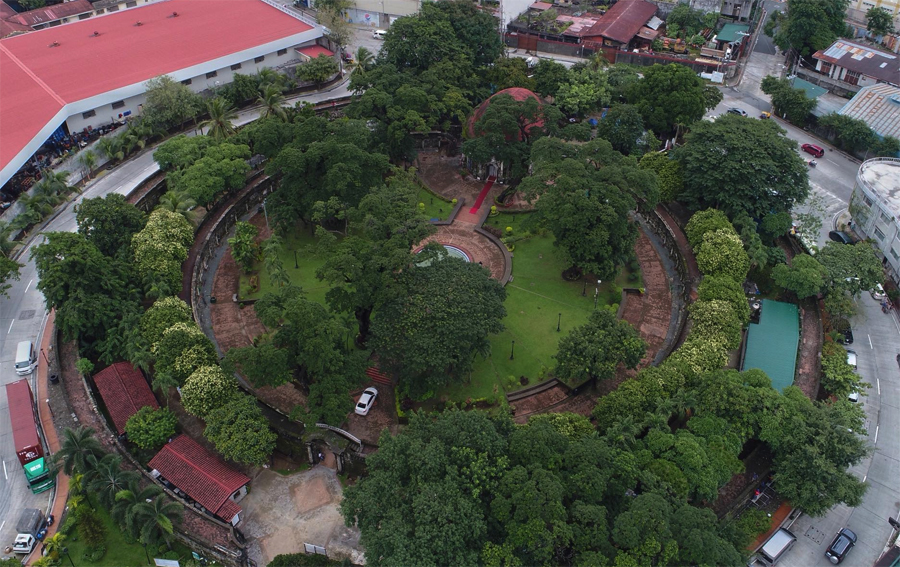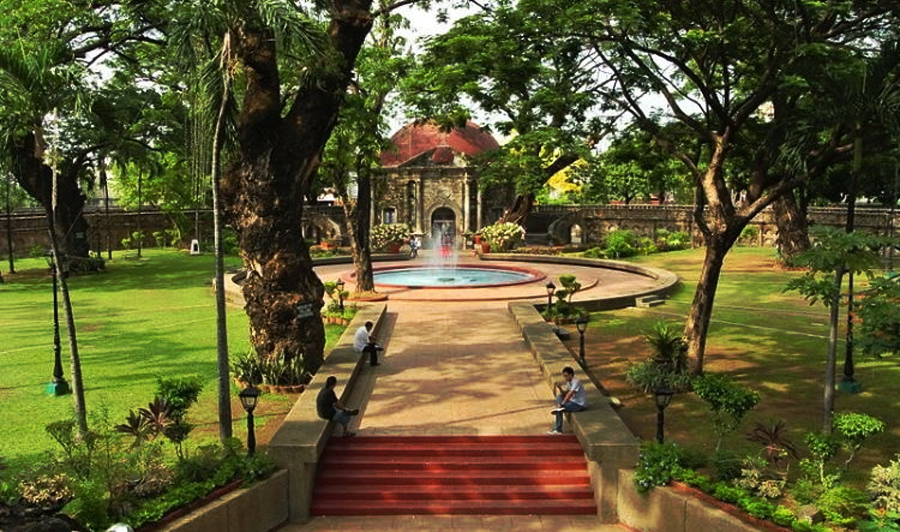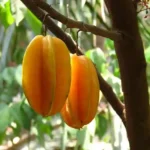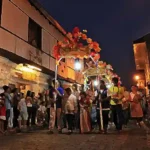Paco Park – The Historical Cemetery

Nestled in the heart of Manila, Paco Cemetery is not just a resting place for the departed; it’s a historical site rich in culture and artistry. Established in the 19th century, this cemetery offers a glimpse into the Philippines’ colonial past and showcases the evolution of funerary art. Here’s a closer look at what makes Paco Cemetery a noteworthy destination.
Brief History
Paco Cemetery was established in 1822 as the first public cemetery in Manila. Prior to its establishment, the deceased were typically buried in churchyards, which became overcrowded. Designed by the Spanish architect José Maria de San Juan, the cemetery was initially intended to serve the Spanish colonial elite. Its design reflects the Romantic style, characterized by elaborate tombs and intricate sculptures.
In 1914, the cemetery was closed to new burials, but its historical significance and architectural beauty continue to attract visitors.
One of the highlights of Paco Cemetery is its stunning architecture. The cemetery features a mix of neoclassical and Art Deco styles, evident in the elaborate mausoleums and tombstones. Many of the structures are adorned with intricate carvings, sculptures, and beautiful wrought-iron gates, showcasing the craftsmanship of the era.
Notable mausoleums include those of prominent figures in Philippine history, such as the family of the late president, Manuel L. Quezon. The ornate details and craftsmanship tell stories of the individuals who rest within, making a walk through the cemetery a journey through time.

Peaceful Atmosphere
Despite being located in a bustling urban area, Paco Cemetery offers a tranquil escape from the city’s noise. The lush greenery, shaded pathways, and serene atmosphere provide a peaceful environment for reflection. Many visitors come here not only to admire the architecture but also to find solace and remember their loved ones.
Paco Cemetery is not just a resting place; it’s also a cultural landmark. It serves as a reminder of the Philippines’ colonial history and the influence of Spanish culture on Filipino traditions. The cemetery is often a subject of interest for historians, artists, and photographers, who appreciate its historical value and aesthetic beauty.
A Unique Experience
Visitors to Paco Cemetery can explore the site on foot, discovering the stories behind various tombs and mausoleums. Guided tours are available for those interested in delving deeper into the history and significance of the cemetery. It’s also a place for quiet contemplation, making it an ideal spot for those seeking a moment of peace.
Accessibility
Paco Cemetery is conveniently located in Manila, making it easily accessible to both locals and tourists. The site is open to the public, and visitors are encouraged to respect the solemnity of the place while enjoying its beauty.
Paco Cemetery is a hidden gem that combines history, art, and tranquility. Whether you’re a history buff, an architecture enthusiast, or simply seeking a peaceful retreat, this cemetery offers a unique experience. A visit to Paco Cemetery is not just a journey through the past; it’s an opportunity to reflect on life, death, and the rich tapestry of Philippine culture. So the next time you find yourself in Manila, take a moment to explore this beautiful and significant site.
References:
https://en.wikipedia.org/wiki/Paco_Park
https://www.atlasobscura.com/places/paco-park-cemetery










